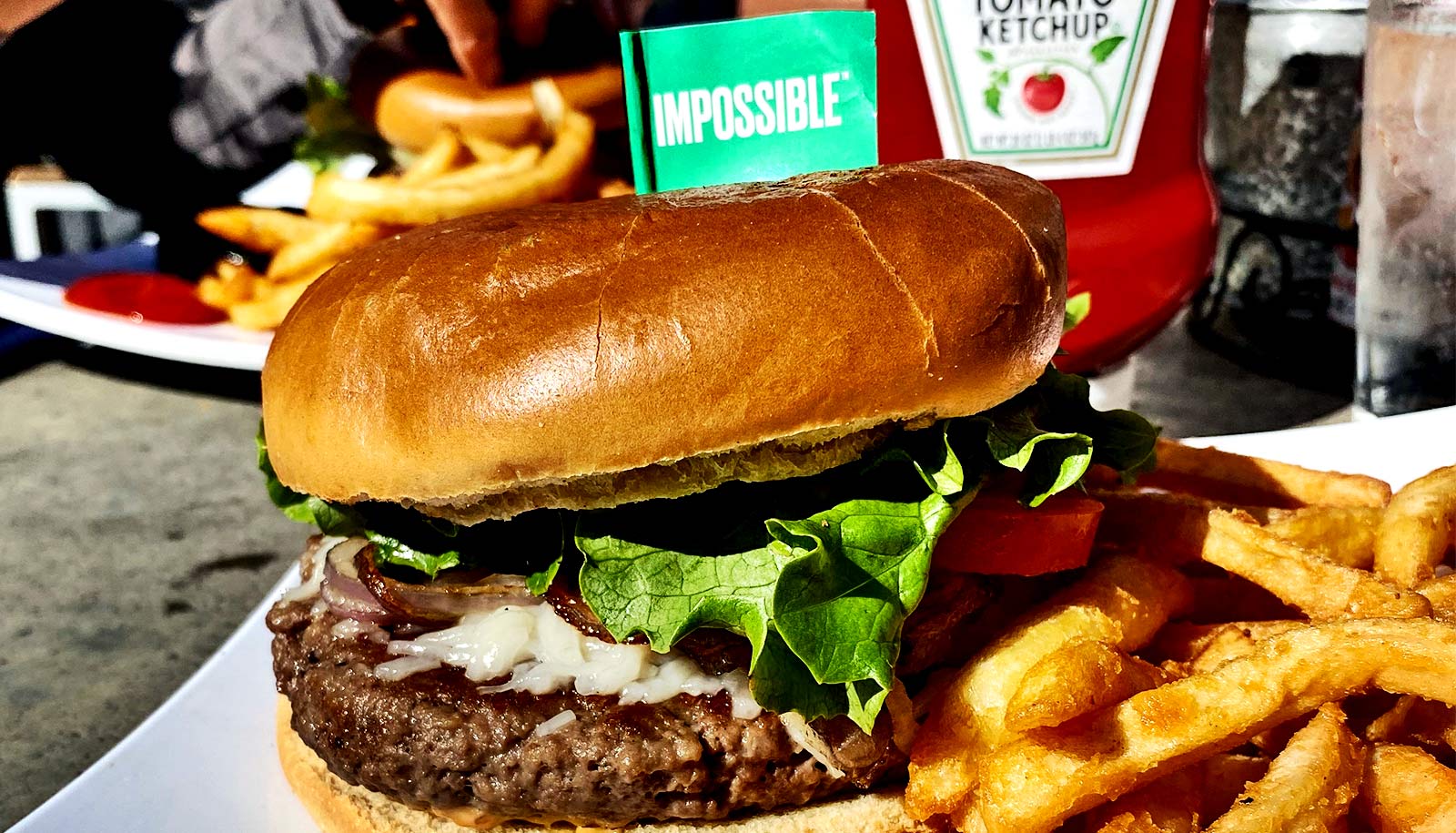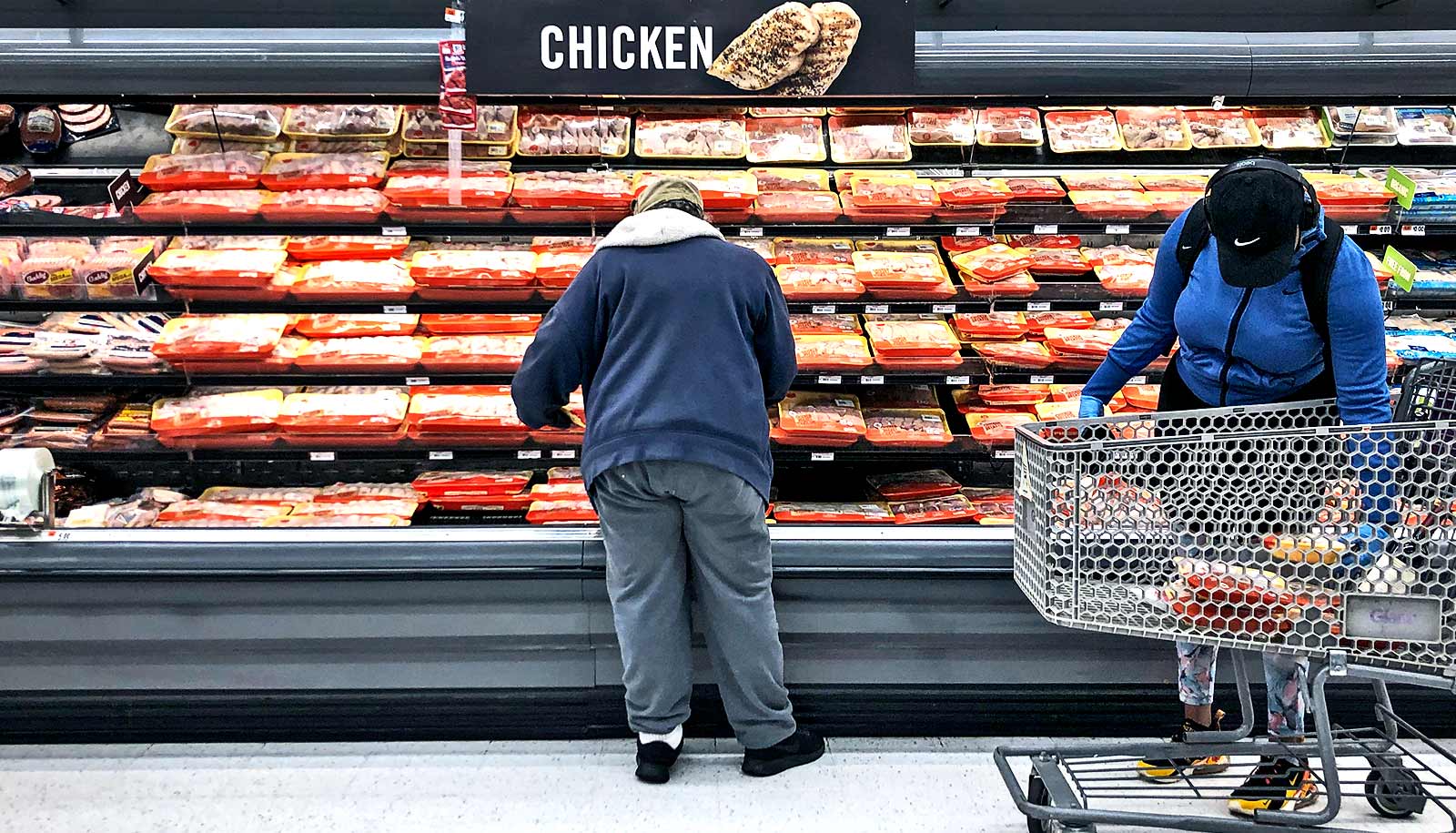We should turn to the bottom of the sea for alternative, sustainable food sources, researchers say.
At a time when food production is one of the biggest climate culprits, it is essential that we seek out new food sources which can nourish us and, at the same time, not overburden the planet.
More and more people are opting to become vegetarians or, even more radically, vegans. However, the large majority of people find it difficult to entirely shelve meat in the name of preventing climate change, according to Ole G. Mouritsen, a professor in the University of Copenhagen’s food science department.
Seaweed and algae are an overlooked and extremely climate-friendly food source.
“Many people simply crave the umami flavor that is, for example, found in meat. Therefore, it may be more realistic to consider a flexitarian diet, where one consumes small quantities of animal products, such as meat, eggs, and milk, alongside vegetables. However, one can also begin thinking about alternatives to the juicy steak—of which there are many,” he says.
In a new meta-study in Eating Behavior, Mouritsen and PhD student Charlotte Vinther, his colleague at the food science department, pick up on today’s food trends. They present alternative sources for protein and healthy fatty acids, while giving their take on what kinds of sustainable foods we might eat in the future.
Sustainable food for a better future
Among other things, the researchers recommend that we look to the sea for foods of the future. More specifically, we need to get to the bottom, where species typically associated with being bycatch and industrial fish live. These species emit far less CO2 than beef, pork, and chicken.
“The climate-friendly bycatch fish currently used for pig feed or fish oil live near the bottom of the ocean. They include: sand lance, a fish which digs into the sandy bottom to lay eggs; sprat, a relative of herring which is widespread in Danish waters; and the black-mouthed gobi, another small, but tasty and overlooked fish,” Mouritsen says.
Sprat alone could satisfy 20% of Denmark’s protein needs. Further, fishing for sprat avoids the over-exploitation of more well-known fish species such as cod, plaice, and salmon, he adds.
Seaweed and algae are also an overlooked and extremely climate-friendly food source. However, only 500 of 10,000 species are currently exploited and recognized as food—despite the fact that marine algae are packed with incredibly healthy nutrients and vitamins.
Similarly, cephalopods are only fished to a small extent, with 30 out of approximately 800 species being used for food globally.
“Among other things, this has much to do with our culture and traditions. Food consumption habits take time to change. We have been eating and preparing meat for more than a million years. So even though seaweed, squid, and mollusks contain important fatty acids and vitamins, and can taste great, we remain reluctant to count these species among our food sources,” says Mouritsen.
Umami flavor
One possible explanation for the fact that we find it difficult to green our diet is that we have an innate preference for sweetness and foods with an umami flavor.
“Sweetness signals calories and survival to the brain, and umami signals that we are consuming something good for our muscles,” Mouritsen says. “However, many seafoods, marine algae, and vegetables have the potential to taste great, and that’s something that we can use technology to help develop.”
For example, by fermenting or adding enzymes to vegetables, sweet and umami tastes can be brought out, says Mouritsen.
“Several Asian food producers have something called ‘shio-koji’, which can also be made at home. Koji is a salty solution of dead microscopic fungi with active enzymes. By adding it to sliced broccoli and putting them in the fridge for a few hours, you’ll be able to taste more sweetness and umami in the pieces of vegetable,” he says.
“It is essential that we continue to communicate these new opportunities to eat sustainably. By doing so, we will gradually effectuate change upon our eating habits and traditions. We hope that this study plays a part.”
Source: University of Copenhagen



